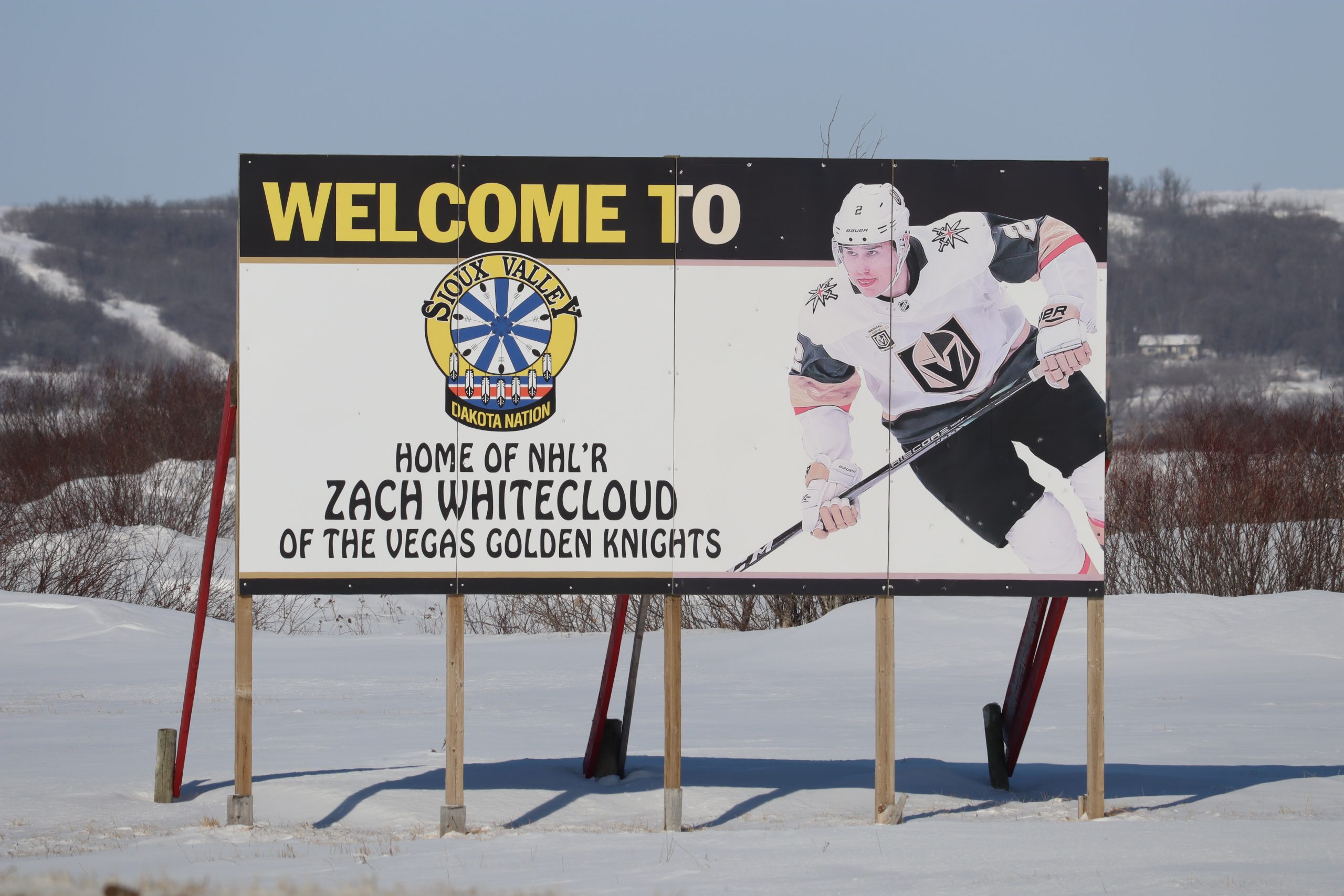Buckrider Books, Wolsak & Wynn Publishers Ltd.
$20.00
Canadian writer Nancy Jo Cullen leaves readers wanting more in The Western Alienation Merit Badge. The 2010 Writers’ Trust of Canada Dayne Ogilvie Prize for Emerging Gay Writers winner created a coming-of-age novel about being a queer person in Western Canada in the ‘80s. The novel keeps your eyes glued to the pages — captivating you from start to finish. Cullen, a queer author herself, set the main plot of the book in Calgary 1982.
“I tried to set it in ’83 but realized that it was just off, and I really wanted to keep to the historical facts of the fictional story,” Cullen said in an interview with EVENT Magazine.
Canada decriminalized homosexual acts between consenting adults in 1969, but it wasn’t until 1998 that the Supreme Court of Canada ruled Alberta’s Human Rights Act must cover sexual orientation. The Western Alienation Merit Badge’s main character, Frances (Frankie) Murray, is a 20-year-old lesbian in 1982. The novel explores the tough truth of being queer: facing homophobia, and coming out to an unaccepting family.
Frankie fled to Europe when she was young because she felt alienated from her family. The novel opens with a letter from Frankie’s stepmother, Doris, asking Frankie to come home to Calgary to help around the house when Doris’ cancer escalates. Shortly after Frankie reads the letter, Doris dies. Frankie returns home to her father, Jimmy, and her sister, Bernadette (Bernie).
Each chapter of The Western Alienation Merit Badge is only a few pages long, written from different character’s perspectives. This structure allows readers to get to know each character and understand their thoughts and feelings.
Cullen brings the reader into the Murray’s home through her character development. Frankie, Bernie, Jimmy, and even Doris, the deceased character, are relatable to the reader.
When Frankie returns home, she is reacquainted with her distraught father and judgmental older sister. Throughout the first half of the book, Cullen inserts bits of information from the Murray’s future. The reader can infer that Frankie eventually will have a falling out with her family, but it isn’t until the second half of the book that you see why. Whether you’re a queer person or not, Cullen helps the reader see what it was like as a lesbian in the ‘80s.
The Murray family struggles during the recession. Jimmy and Bernie both lose their jobs. Between his bride dying and the financial instability, Jimmy is a mess and lacks paternal skills. He becomes ignorant of Frankie and Bernie’s lives, barely speaking to his daughters, let alone coming out of his craft room.
Frankie comes out to Bernie first, then her father. She experiences what many members of the LGBTQ2+ community still experience today: a family that doesn’t accept them for who they are. A passage from the novel best explains what Frankie experienced:
“I should be able to count on you two,” Frances said.
“Would you be counting on us if you robbed a bank, too?” Bernadette asked.
Frances shook her head. “I can’t believe you made that comparison. But actually, yes, I would.”
It crossed Jimmy’s mind then that it might actually be easier to tell people Frankie was a robber.
Further into the novel, Cullen transports the reader into different time periods of the Murray’s lives — first May 2016, then September 2015, June 2016, and finally, July 1974. This movement on the timeline fills in many blanks in the reader’s mind, like Frankie’s childhood.
Even at 11 years old, Frankie doesn’t feel like she fits in with her father and sister. She spends most of her days playing outside in the fields and chasing gophers. She compares several aspects of her life to that of a gopher’s. The gophers Frankie watch live in solidarity. It’s almost a metaphor of how she feels on the inside — knowing her family won’t accept her if she comes out to them; knowing she isn’t the same as her sexually active 16-year-old sister.
Through a perfect balance of family grief, financial worry, and queer living spread across four time frames, Cullen seamlessly demonstrates what life was like for a lesbian in Western Canada in the ‘80s — a dissatisfaction, much like the end of Cullen’s book. The end of the novel is abrupt and leaves the readers with unanswered questions, but the story itself is fantastically told.
For anyone looking to sink into a well-crafted story, and also learn a bit about LGBTQ2+ history in Western Canada, I highly recommend picking up The Western Alienation Merit Badge. While Frankie’s life is nothing to fawn over, this novel sure is.




